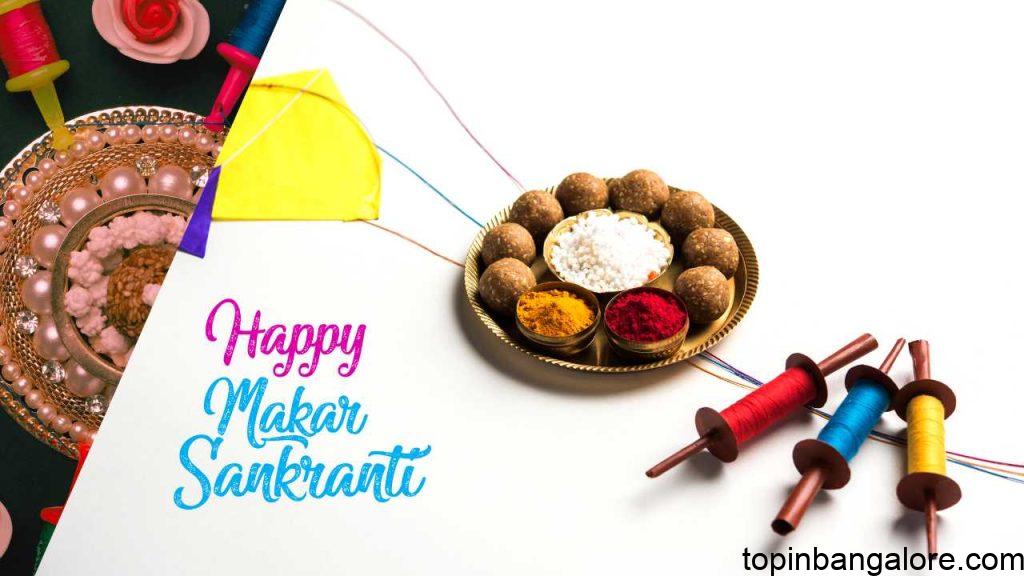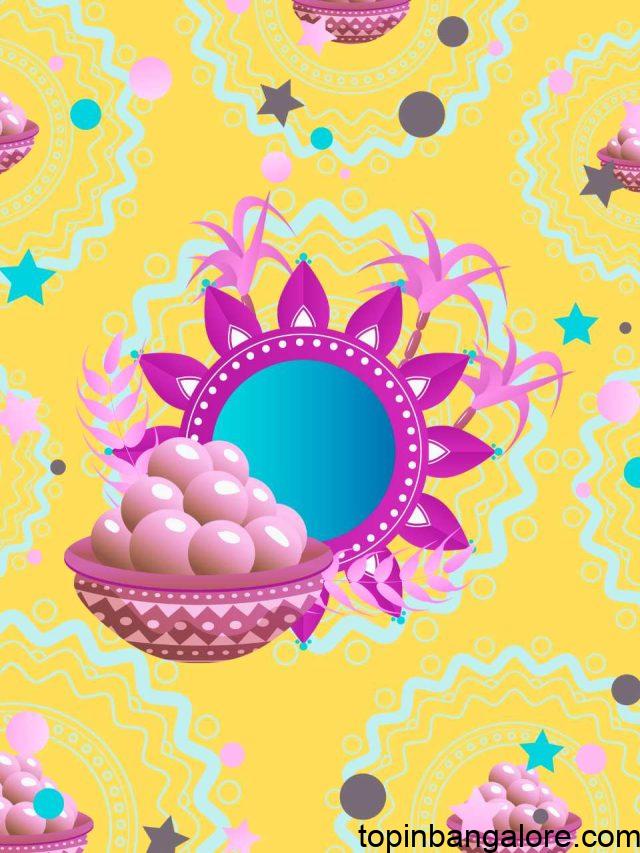Makar Sankranti Festival: celebration, features, importance and different names
Makar Sankranti is a festival celebrated in various parts of India and Nepal to mark the transition of the sun into the zodiacal sign of Makara (Capricorn). The festival is celebrated on January 14th every year and is considered one of the most auspicious occasions in the Hindu calendar.

One of the main features of Makar Sankranti is the celebration of the sun’s transition into the Makara rashi, which marks the beginning of the longer days and the end of the shorter days. This is considered an auspicious occasion as it symbolizes the victory of light over darkness and the arrival of spring after the cold winter months.
Another important aspect of Makar Sankranti is the celebration of the harvest. This festival marks the end of the harvest season and is a time for farmers to give thanks for a bountiful harvest. It is also a time for people to share their harvest with others, particularly the less fortunate.
The festival is celebrated in various ways across the country. In some parts of India, people take a dip in holy rivers like the Ganges and the Yamuna, believing that it will wash away their sins and bring them good luck. In other parts, people fly kites to mark the festival. Kite flying is a popular tradition on Makar Sankranti and is a way for people to come together and celebrate the festival.
In Maharashtra, Makar Sankranti is celebrated as Pedda Panduga, which means ‘big festival’. It is celebrated with great fervour and enthusiasm. People prepare sweets like tilgul and til-laddoo made of sesame seeds and jaggery to mark the festival. In Gujarat, it is celebrated as Uttarayan and people prepare different types of delicacies like undhiyu and chikki.
In Andhra Pradesh, Makar Sankranti is celebrated as Bhogi. On this day, people clean and decorate their homes, and burn old clothes and items in a bonfire. This is done to mark the end of the old and the beginning of the new.
In Tamil Nadu, Makar Sankranti is celebrated as Pongal. Pongal is a four-day festival that is celebrated with great pomp and show. On the first day, people prepare sweet dishes like pongal and venn pongal, and offer it to the Sun God as a symbol of gratitude.
In some parts of India, Makar Sankranti is also celebrated as Lohri. This festival is celebrated in the northern states of India, particularly in Punjab and Haryana. On this day, people light a bonfire and perform a traditional dance around it.
Makar Sankranti is not just limited to India, it is also celebrated in Nepal as Maghi. The festival is celebrated with great enthusiasm, and people prepare different types of delicacies like chaku, laddoo, and gheu.
Overall, Makar Sankranti is a festival that is celebrated with great fervour and enthusiasm across India and Nepal. It marks the transition of the sun into the zodiacal sign of Makara, the end of the harvest season, and the arrival of spring. It is a time for people to come together, share their harvest, and give thanks for the blessings of the previous year.





